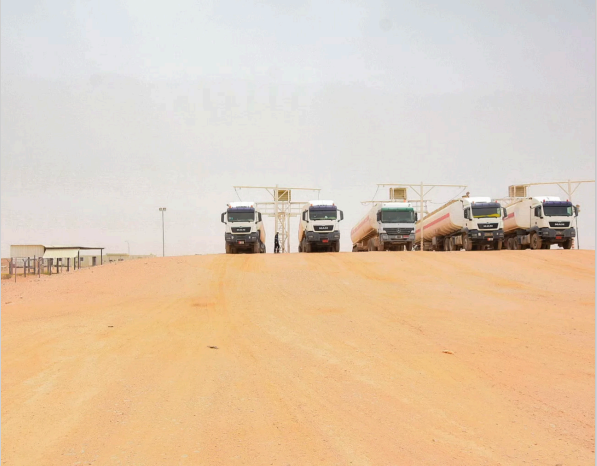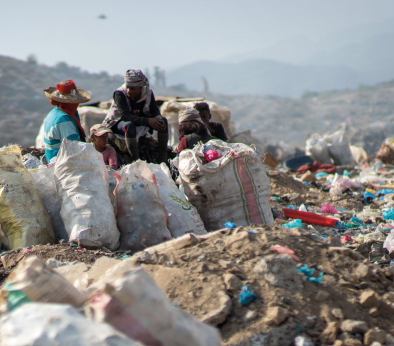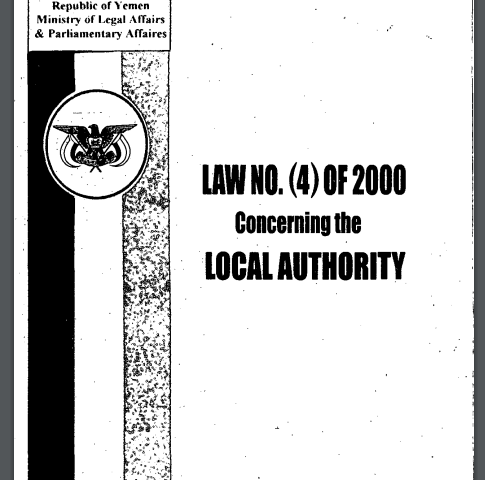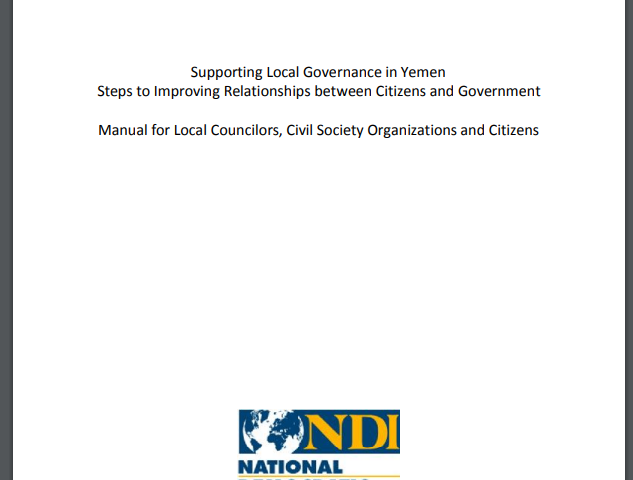The Governorate of Shabwah is located in the southeastern part of the Republic of Yemen, along the Arabian Sea coast between Abyan and Hadhramout. It is 474 kilometers southeast of the capital city of Sana’a. The governorate is divided into 17 administrative districts with the city of Ataq as its capital.
Shabwah governorate information
Map of Shabwah
Economy
Agriculture, beekeeping, fishing, and fish canning are the most important economic activities in the governorate. Shabwah produces about 2% of the total crops of Yemen, notably fruits and vegetables. The governorate is home to several of Yemen’s active oil fields and commercial oil exploitation takes place in the governorate, as does refining in Safer and Bayhan, and oil export from the governorate’s Bir Ali terminal. Production is below pre-war levels as some oil companies have suspended production, but it continues.1https://www.yemenna.com/index.php?go=guide&op=show&link=shabowa. The governorate is a domestic tourist destination thanks to its picturesque coastline.
In 2014, grants and central subsidies constituted 98% of Shabwah’s total general revenue, while local revenues accounted for only 2%. Local sources of revenue included local shared revenues, leasing government land, selling goods and services, and levying fines and penalties.2Republic of Yemen, Ministry of Finance, Budget Sector: estimated local authority budget for the 2014 fiscal year. These revenues were negatively affected by the war, causing major economic challenges for the governorate. Unlike other oil-producing governorates, Shabwah has not been able to reach a revenue sharing agreement with the central government. Indeed, it is unclear who is receiving the income from the Shabwah oil fields and the exports from Bir Ali, all of which are said to be in the hands of businesses and armed groups affiliated with the internationally recognized Vice President Ali Muhsin.3https://lobelog.com/who-will-benefit-from-yemeni-oil-exports/.
According to the2014 Household Budget Survey, the poverty rate in Shabwah was 42%. By 2018, the poverty rate in the governorate may have surpassed 80%.4Interview with a member of the Shabwah local council. March 2019.
Local governance
The local council in Shabwah in theory comprises 17 members and the governor. One seat could not be filled during the 2006 elections. Currently, there are three vacant seats in the council, putting the current number of councilors at 13. Since 2015, the council has been suspended and the governor has taken charge of all council mandates. The executive offices in the governorate are present and functioning normally.5Interview with a member of the Shabwah local council. March 2019.
Access to basic services
There are approximately 400,000 people in need of assistance in Shabwah, equivalent to 56% of the population. Forty-seven percent of those in need are in dire need.
The current IDP population of Shabwah is 47,000 (status December 2022).6https://data.humdata.org/dataset/yemen-humanitarian-needs-overview, 2023 People in Need in Yemen.
Health services in Shabwah are provided through public hospitals and health centers, which receive limited central government and local authority support, as well as support from international donors. However, the services provided do not meet the needs of the population due to lack of medical staff, meagre financial allocations, and lack of equipment.
With regard to education, 43 schools have been damaged by the war in Shabwah,7OCHA, An Overview of the Humanitarian Needs in Yemen 2018. but teachers are being paid regularly.8Economic and Social Development In Yemen Newsletter (Issue No. 30, December 2017) published by the Economic Studies and Forecast Sector in the Ministry of Planning and International Cooperation. Education in Shabwah has been relatively stable.
As for drinking water, 57% of households in Shabwah had access to potable water in 2016/2017.9OCHA, An overview of the humanitarian needs in Yemen 2018. The water authority provides water services in the city of Ataq. Sanitation services are lacking in the city and residents rely on traditional methods like cesspits.10Interview with one of the members of the local council in the governorate. March 2019.
Demographics
| District | Size (km2) | Population (Female) | Population (Male) | Population (Total) |
|---|---|---|---|---|
| Dhar | 1,212 | 6,975 | 7,297 | 14,272 |
| Al-Talh | 2,395 | 6,771 | 7,181 | 13,952 |
| Jardan | 3,443 | 11,657 | 11,400 | 23,057 |
| Arma | 6,742 | 7,384 | 7,360 | 14,744 |
| Usaylan | 3,232 | 21,898 | 23,072 | 44,970 |
| Ain | 824 | 15,900 | 17,396 | 33,296 |
| Bayhan | 616 | 32,486 | 34,352 | 66,838 |
| Merkhah Al Ulya | 2,591 | 21,551 | 22,811 | 44,362 |
| Merkhah As Sufla | 2,591 | 28,463 | 30,929 | 59,392 |
| Nisab | 2,15 | 29,605 | 30,534 | 60,138 |
| Hatib | 851 | 8,937 | 10,157 | 19,094 |
| Al-Sa’eed | 823 | 24,523 | 25,423 | 49,946 |
| Ataq | 1,3 | 24,748 | 31,253 | 56,001 |
| Habban | 908 | 21,027 | 21,656 | 42,684 |
| Ar Rawdah | 2,856 | 19,588 | 19,973 | 39,561 |
| Mayfa’a | 3,37 | 29,370 | 31,091 | 60,461 |
| Rudum | 6,68 | 15,605 | 18,036 | 33,640 |
| TOTAL | 42,584 | 326,488 | 349,920 | 676,408 |
Figures are based on the 2021 Humanitarian Needs Overview Yemen, OCHA. Population figures include the number of IDPs and residents.






